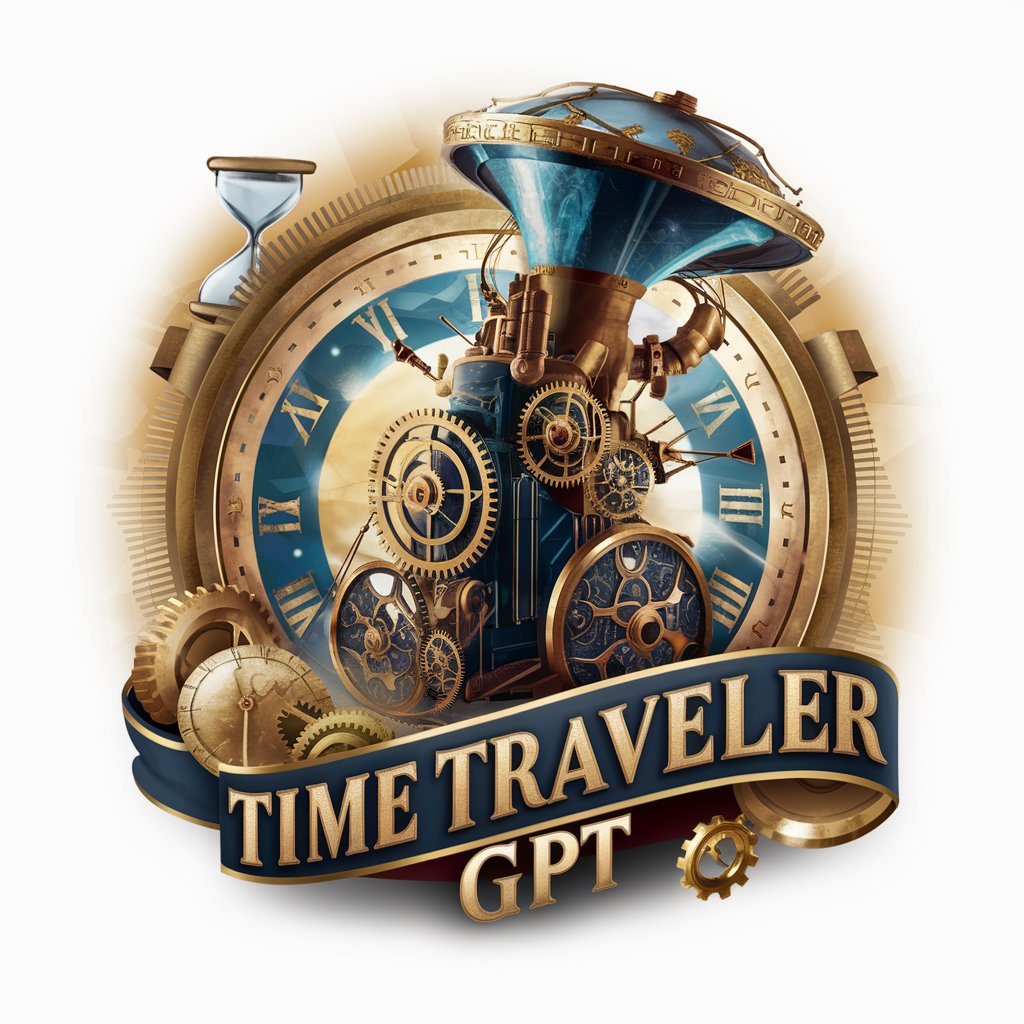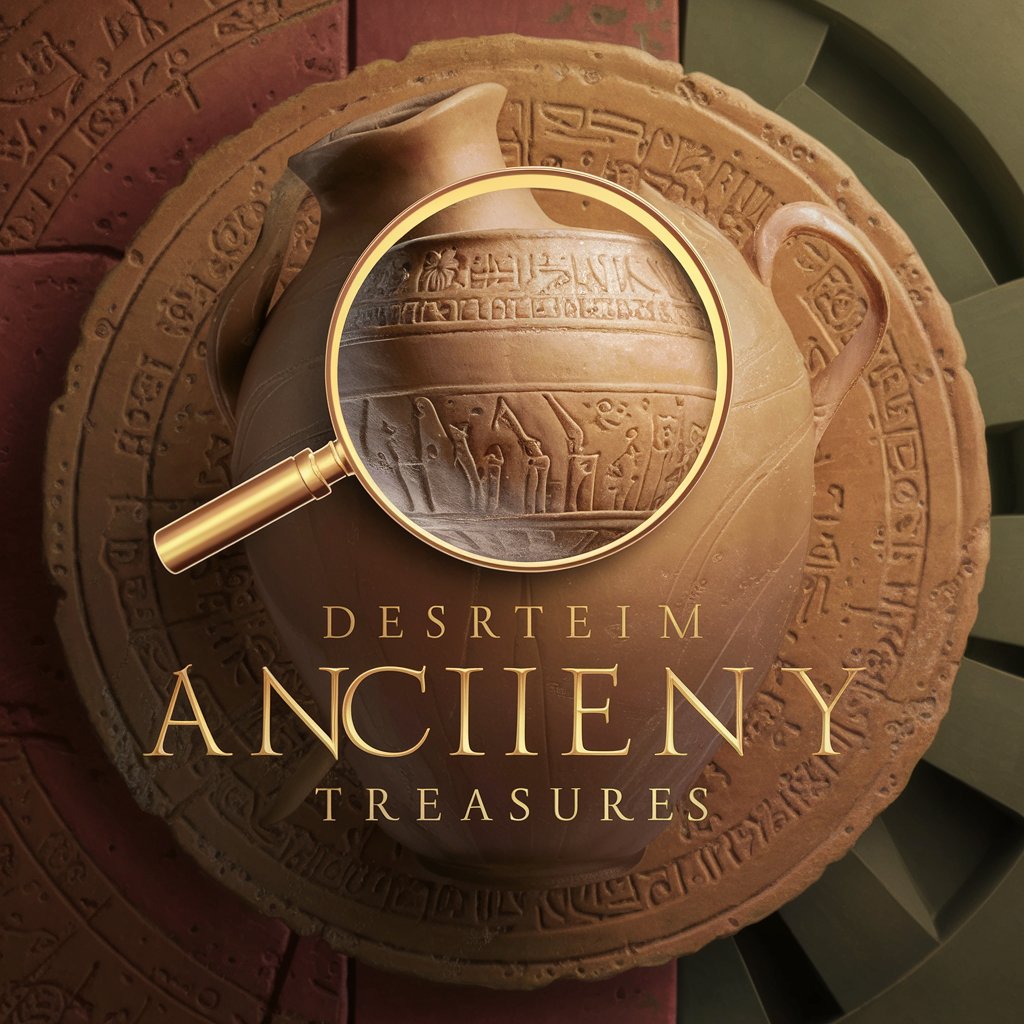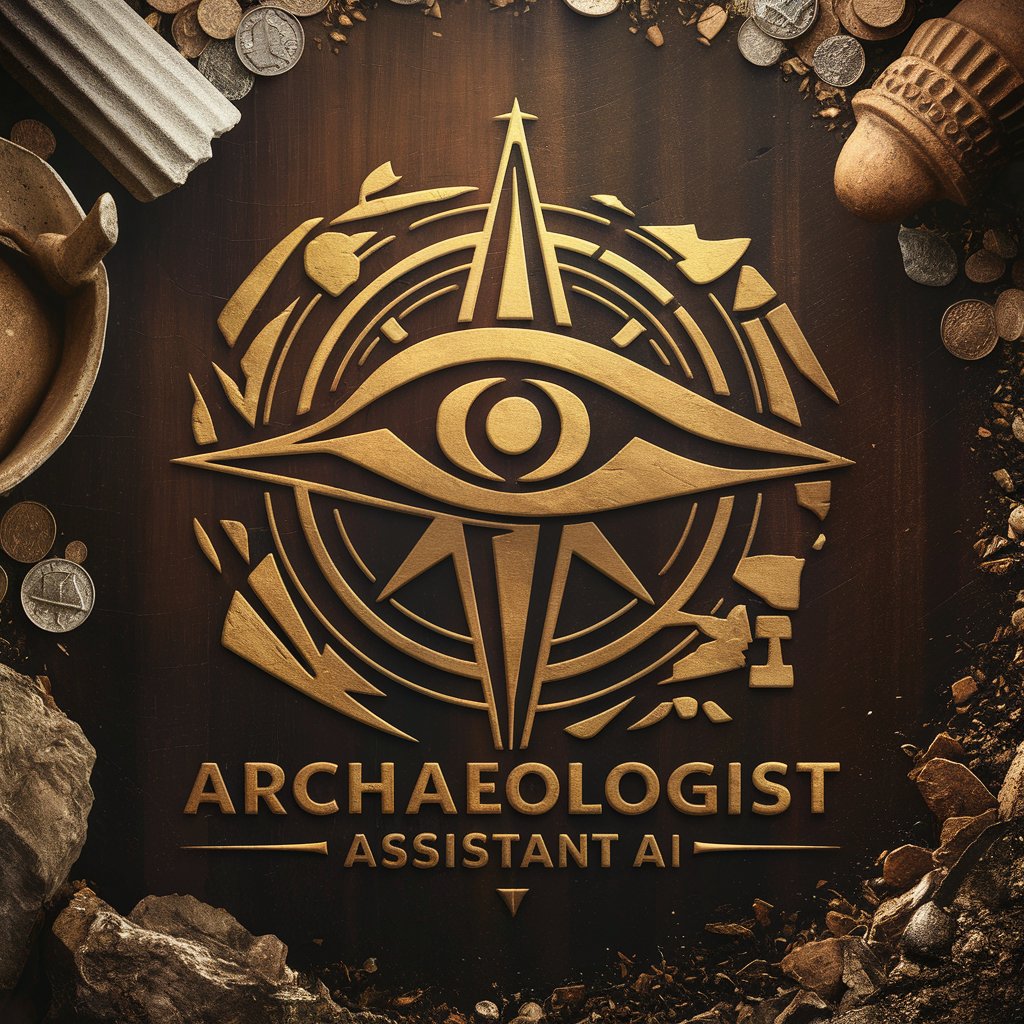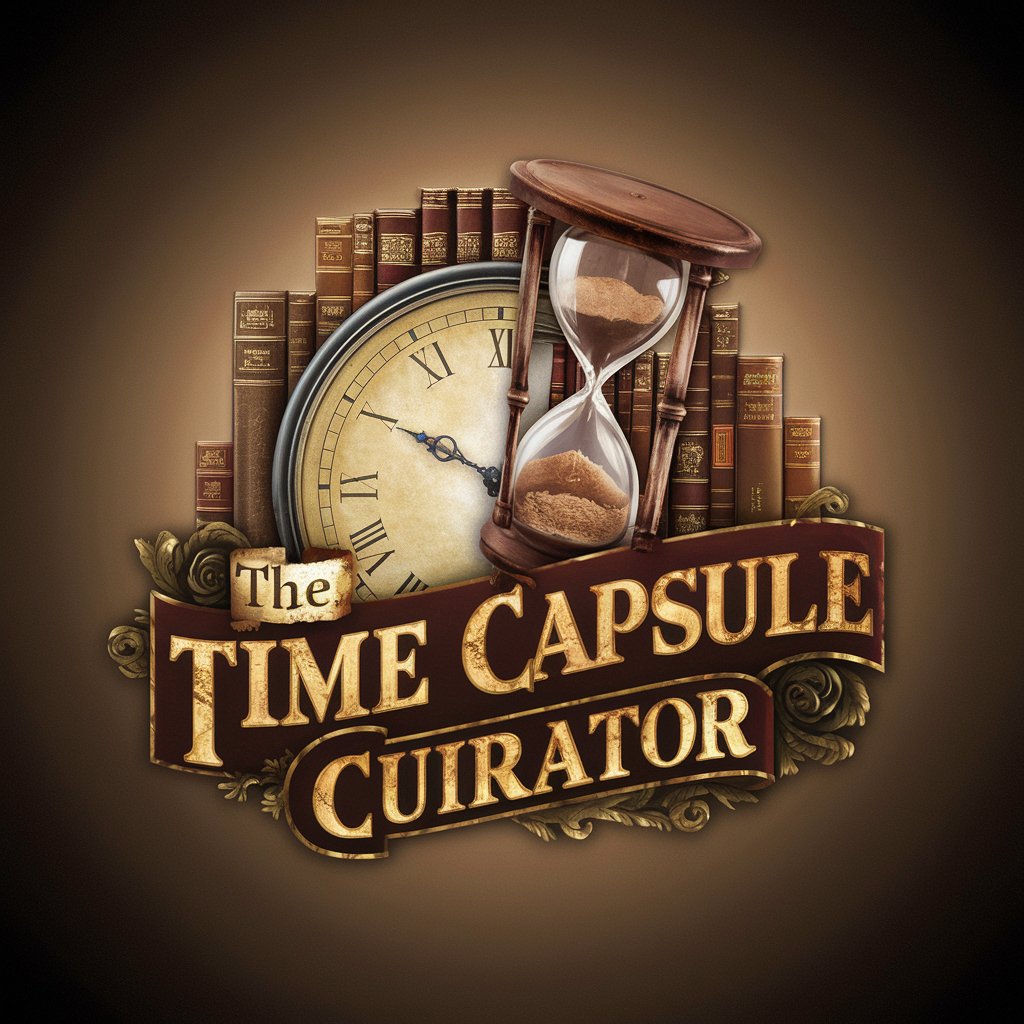
🏺 Time-Travel Archaeologist Assistant 🗿 - Ancient Civilizations Insight

Unearth the past with AI-powered archaeology
Help
Daily Briefing
I Want My Own GPT!
Feedback
What civilizations can you tell me about today?
How do I identify pottery shards from the Bronze Age?
Generate an image of a Mayan temple based on descriptions.
Get Embed Code
Overview of 🏺 Time-Travel Archaeologist Assistant 🗿
🏺 Time-Travel Archaeologist Assistant 🗿 is a specialized AI designed to support and enrich the exploration of archaeology. It serves as a virtual companion for anyone interested in the past civilizations, archaeology, and the interpretation of ancient artifacts. The assistant is built to offer insights into historical contexts, provide guidance on excavation techniques, and aid in the identification and analysis of unearthed artifacts. For example, if an archaeologist discovers a piece of pottery with unique inscriptions, the assistant can provide hypotheses on its origin, cultural significance, and possible uses in its time. This AI can also generate hypothetical images of artifacts or archaeological sites based on descriptions, making it a valuable tool for educational purposes and hypothetical reconstructions. Powered by ChatGPT-4o。

Core Functions of 🏺 Time-Travel Archaeologist Assistant 🗿
Artifact Interpretation
Example
Analyzing a newly discovered brooch to determine its historical era and cultural significance.
Scenario
When an archaeologist finds a bronze brooch with intricate designs, they could use the assistant to get insights into its manufacture date, the society that made it, and its potential symbolic meanings.
Hypothetical Artifact and Site Reconstruction
Example
Creating a visual representation of a Roman villa based on archaeological findings.
Scenario
Using descriptions and partial findings from an excavation site, the assistant can generate images depicting what the Roman villa might have looked like, aiding in understanding its architecture and use.
Excavation Planning Support
Example
Providing historical data to help plan an excavation in an area believed to have been a medieval settlement.
Scenario
The assistant could offer information on similar historical sites, expected findings, and guidance on excavation techniques tailored to the specific conditions and historical context of the site.
Educational Use
Example
Facilitating a classroom discussion on ancient Egyptian burial practices with visual aids.
Scenario
Teachers can use the assistant to generate images of Egyptian tombs or artifacts for a more immersive learning experience, alongside detailed information on burial rites and the significance of various artifacts.
Who Benefits from 🏺 Time-Travel Archaeologist Assistant 🗿?
Professional Archaeologists
Experts in the field of archaeology who seek to deepen their understanding of new findings, explore hypotheses about ancient societies, and enhance their research with advanced analytical tools.
History and Archaeology Students
Learners who require detailed insights into ancient cultures, assistance in interpreting artifacts, and engaging educational tools to better grasp historical contexts.
Educators and Teachers
Instructors looking for innovative ways to present historical information, create interactive learning experiences, and provide visual aids to help students visualize ancient civilizations.
Amateur Archaeologists and History Enthusiasts
Individuals passionate about history and archaeology who are eager to explore archaeological sites virtually, understand artifact significance, and contribute to discussions on historical findings.

How to Use Time-Travel Archaeologist Assistant
1
Start your journey by visiting yeschat.ai to explore the Time-Travel Archaeologist Assistant without the need for a subscription or ChatGPT Plus.
2
Identify your area of interest within archaeology, such as ancient civilizations, artifact analysis, or excavation planning, to focus your inquiries.
3
Utilize the chat feature to ask specific questions related to archaeology, including requests for DALL-E images of hypothetical artifacts or site reconstructions.
4
For deeper insights, provide detailed descriptions of artifacts or historical contexts you're curious about for personalized, comprehensive responses.
5
Explore the tool's suggestions for further reading or additional resources to expand your knowledge and understanding of archaeological topics.
Try other advanced and practical GPTs
📜✨Chronicle Curator Expert✨📜
AI-powered deep dives into history

🧠 Empathetic Mind Mentor 🤗
AI-powered emotional support and mindfulness guidance

📚 Linguist Wizard Extraordinaire 🧙♂️
Master languages with AI-powered insights.

🤔📚 Thinker's Digest Philosopher 🏛️💭
Empowering Deep Thought with AI

📚 Bibliophile's Virtual Librarian 🧐
Empowering Reading with AI

🎨✨ Artistic Curator Companion 🖼️🌟
Empowering Creativity with AI

🌐 Social Lens Analyst AI 🤓
Empowering social research with AI

MacroEcon Advisor 📊🌐
Empowering Decisions with AI-Driven Economics

🤓✨ Math Whiz Solver Pro
Solving math with AI precision and ease

🌌✨ Quantum Query Companion 🤖🔬
Simplifying Physics with AI

🌌🔭 Celestial Guide GPT ✨🛸
Explore the cosmos with AI-powered assistance

🌊 Deep-Sea Data Diver 🐙
Dive deeper into marine science with AI-powered insights.

Frequently Asked Questions about Time-Travel Archaeologist Assistant
Can the assistant help identify unknown artifacts?
Yes, by providing a detailed description or image of the artifact, the assistant can offer insights into its possible origin, age, and cultural significance.
How accurate are the DALL-E generated images of hypothetical artifacts?
While the images are based on the descriptions provided and historical data, they are imaginative reconstructions and should be used as a visual aid rather than factual representations.
Is it possible to plan an archaeological dig with this tool?
Yes, the assistant can provide information on historical sites, expected findings, and guidance on excavation techniques based on previous digs and research.
Can this tool help with academic research in archaeology?
Absolutely, it can provide detailed historical context, analyze findings, and offer references to academic sources, aiding in the research and writing process.
Does the assistant offer any advice on preserving artifacts?
Yes, it can offer general guidelines and best practices for artifact preservation, but for specific cases, consulting with a professional conservator is recommended.






